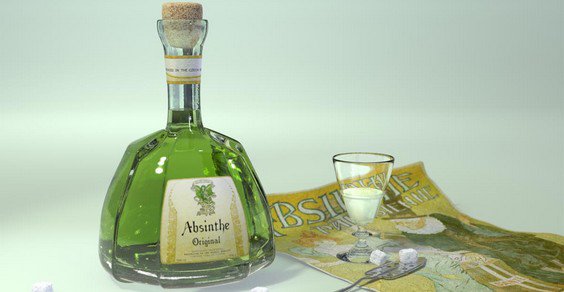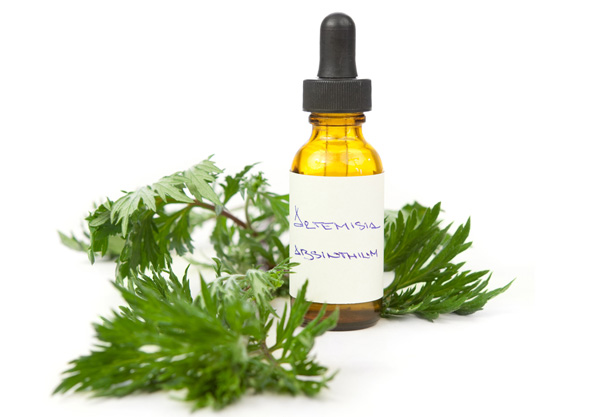Absinthe, not just liquor! Let's discover the properties of this plant and its uses beyond the hallucinogenic ones
Don't store avocado like this: it's dangerousAbsinthe, not just liquor! Let's discover the properties of this plant with its many therapeutic benefits and its uses beyond the hallucinogenic ones
Absinthe is a bitter plant known since ancient times and used above all in the form of liqueur for its intoxicating and hallucinogenic qualities. In fact this natural remedy boasts several others properties and uses. Like most natural substances, however, it is not free from contraindications which must be kept in mind.
The Artemisia absinthium-based liqueur depopulated especially in France at the end of the 800th century, creating many problems since, especially the artists, tended to abuse it. In addition to alcohol, this product also contained an extremely active and toxic essential oil in high doses: the tuione.
In the past, the medical use of absinthe was widespread and the plant, after being diluted in water, was used above all for its antiseptic and vermifuge properties.

Index
Properties of absinthe
- The properties of absinthe are highlighted above all in the digestive and tonic fields. The bitter principle that distinguishes this plant, l‘absintina, it helps digestion and therefore the stomach but also acts positively by helping the work of the spleen, gallbladder and liver.
- The infusion can be useful for stimulate the appetite for example after a convalescence, counteracting the drop in energy and give more sprint to the body or to support the immune system.
- Among the other recognized properties of absinthe are the anti-inflammatory, antispasmotic, stimulant for the nervous system, febrifuge (i.e. able to act against high body temperature) and, as already mentioned, the antiseptic and anti-dermifuge one.
- This medicinal herb can also be used for promote and regulate menstrual flow while making it less painful, to stimulate the production of good cholesterol or help blood circulation.
You use absinthe
For therapeutic purposes, absinthe can be prepared as infusion or decoction or by diluting a few drops ofliquid extract or mother tincture.
However, it is essential to never exceed the recommended doses. It is in fact a plant with toxic active ingredients that can even lead to convulsions if taken incorrectly but very stimulating instead in small doses.

Generally the herbal tea is prepared using 1 gram of weed per cup. It must be consumed in the quantity of 1-3 per day for a maximum of one week.
As for the mother tincture, however, a maximum of 30 drops per day is recommended, preferably 15 and 15 to be taken between meals. Again, do not exceed 7 days of intake.
Contraindications of absinthe
Among the contraindications of absinthe are the presence of ulcers or serious gastrointestinal irritations.
As far as the side effectsinstead, there is the possibility of seeing diarrhea and vomiting, headache, low blood pressure and decreased heartbeat, fatigue but also convulsions. It is very important to adhere to the doses categorically and not to overdo it as taking absinthe in large quantities would also involve the intake of its toxic ingredients, which are not relevant at low doses.
It is also advisable not to use it for long periods and always ask your doctor for advice first.
To be avoided absolutely in case of pregnancy and breastfeeding.
About absinthe you might also be interested in:
- Absinthe: history and 10 ways to drink liqueur
- The strangest legends about absinthe
- Absinthe: the first attempt at legal definition rejected by the European Parliament


























